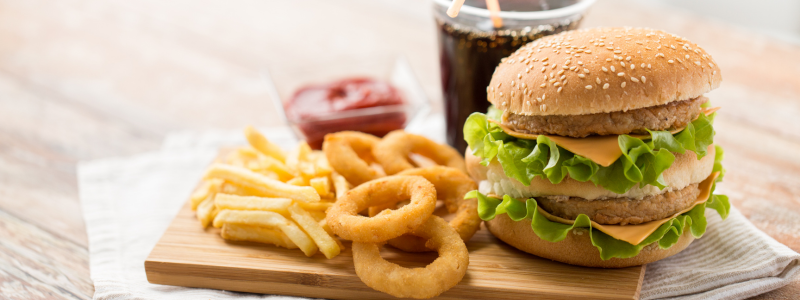Ultra-processed foods (UPFs)—industrial formulations with additives (sweeteners, emulsifiers, flavor enhancers) and extensive processing—are increasingly implicated in type 2 diabetes (T2DM). Across multiple large cohorts in Europe, the U.S., and Asia, higher UPF intake is generally associated with a higher T2DM risk, even after adjusting for weight and lifestyle. Not all UPFs behave the same, though: risk appears to vary by subcategory (e.g., sugary beverages vs. whole-grain breakfast cereals).
How UPFs Are Classified (NOVA)
- Group I–III: From minimally processed foods to “processed” items (e.g., canned beans, plain yogurt, cheese, simple breads).
- Group IV (UPFs): Industrial formulations with cosmetic additives and processing steps engineered for taste, shelf life, and convenience.
Human Evidence So Far
- Prospective cohorts (France, UK, Spain, Netherlands, multi-U.S. cohorts, Brazil, pan-European EPIC, Korea, Iran) generally show that each 10% increase in daily calories from UPFs tracks with a ~10–25% higher T2DM risk.
- Heterogeneity matters:
- Higher risk: Sugar-sweetened and artificially sweetened beverages, processed meats, snack foods, instant noodles, ice cream.
- Lower or neutral risk: Some UPF cereals/breads, especially whole-grain, show weaker or inverse associations in certain studies.
- A few studies lose significance after full adjustment, but the overall trend supports a positive association between UPFs and incident T2DM.
Why UPFs May Raise Risk (Proposed Mechanisms)
- Glycemic load & refined carbs → glucose spikes and insulin demand.
- Additives & matrix effects (emulsifiers, artificial sweeteners) → potential gut microbiota and inflammation changes.
- Energy density & hyper-palatability → excess intake and weight gain.
- Food structure loss → faster digestion/absorption vs. intact foods.
Practical Takeaways
- Focus on NOVA I–III foods: vegetables, fruits, legumes, nuts, minimally processed grains, plain dairy, and home-cooked meals.
- If using packaged options, favor short ingredient lists, whole-grain cereals/breads, and unsweetened beverages.
- Replace UPFs stepwise (e.g., water or unsweetened tea for sodas; nuts/fruit for chips/candy; cooked oats for instant sweetened cereals).
Bottom Line
Most large studies link higher UPF consumption with higher T2DM risk, though not all UPFs are equal. Swapping UPFs for minimally processed foods—and choosing healthier packaged options when needed—appears to reduce risk.

